![[Translate to English:] [Translate to English:]](/assets/_processed_/6/7/csm_csm_CD_L_7595_007_4e658f8b19_9930685f14.jpg)
[Translate to English:] Photo: Deutsches Museum | Christian Illing
Museological research
Erasmus+ ITEMS
ITEMS wants to support diversity in museums and increase the appreciation of marginalized groups such as migrants or senior citizens. We develop trainings for explainers to increase their awareness of the groups’ needs and wishes. The aim is an improved, more appealing mediation.
Content
Erasmus+ Inclusion Training for Explainers in Museums and Science Centers
Funded by
Erasmus+ – Cooperation for innovation and the exchange of good practices Nationale Agentur beim Bundesinstitut für Berufsbildung NABiBB
- Museological research
Edited by
Dr. Lorenz Kampschulte
Leitung Hauptabteilung Bildung
Project description
The ITEMS project aims to support and accommodate marginalised and disadvantaged groups such as migrants and seniors. To achieve this, we develop a training and workshop programme that wants to customise the mediation to these groups and to increase empathy and intercultural competence of the explainers. The content is based on a collection of needs and wishes of the two target groups by interviewing organisations and individuals, as well as best practice examples from the international museum community.
Diversity in the museum
It needs more than words to truly become a “museum for everybody”. Through ITEMS, we want to convey ideas and knowledge to explainers how to better incorporate the visitors’ diverse realities of life, and how to create a direct connection between their life and the exhibitions. We want to give more attention to, for example, the wealth of experience that senior citizens possess, and the new perspectives or additional knowledge that the home culture of migrants can lend objects and content.
Evaluation and exchange
The trainings will be accompanied by an international exchange between the explainers of the project partners as well as a detailed evaluation carried out by TUM. This ensures that the knowledge gained can be tested and improved upon ‘on the floor’. The international exchange helps to broaden their horizon and allows for collecting experiences and inspirations elsewhere.
Project partners
The project in conducted in partnership with Universcience (Paris, France), MUST (Milano, Italy) and Ars Electronica (Linz, Austria) and evaluated by TU Munich.
Training material and download
In the project ITEMS we designed a workshop in four parts that will help explainers in museums and science centres to improve and enhance their interaction with old people or people with a migration background. Below all the materials developed in the project are listed and ready to download.
ITEMS Guidebook
The aim of the Guidebook is to deliver the necessary background when a museum or science centre wants to start or improve its inclusive activities. With its practice-oriented focus, it gives an overview of the target groups the ITEMS project was aiming at – namely seniors and people with migration backgrounds. It summarizes our research results and highlights some well-designed programmes in other museums. Further, the design process of our training is documented, together with the experiences we made in training explainers in various institutions (on-site and online). Altogether, the Guidebook enables explainer trainers in other museums or science centres to easily deliver the inclusion training in their institutions, as well as to adapt the training to their individual needs.
ITEMS Training module
The professional development program aims at empowering explainers to skillfully handle visitors with special needs, namely seniors and people with migration backgrounds. Raising awareness is a crucial point in the program, along with developing individual strategies to cope with situations and needs. The module combines theoretical background and practical training activities to create a reliable and adaptable foundation. It is structured in four parts: (1) The need for inclusion, (2) Cultural differences, (3) Being welcoming and speech training, and (4) Relevance for different stakeholders.
The training is available in an in-person version to train explainers in regular face-to-face situations, as well as an adapted online version for remote training. The guidebook supplies the necessary background to deliver the training. All materials needed to run the training and a customizable MS-Word version of the training module are available for download in the resource pack.
ITEMS Resource pack
The resource pack contains all the additional materials needed to run the training. These are e.g. worksheets and picture cards, as well as the training modules in an editable version (Microsoft Word). Further, the original evaluation questionnaires are there to run your own training evaluation and compare it with the results in the appendix of the Guidebook.
The resource pack is a multi-language ZIP file with a folder structure indicating modules and languages.


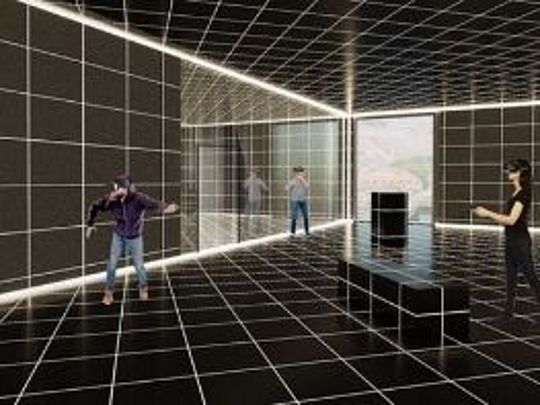
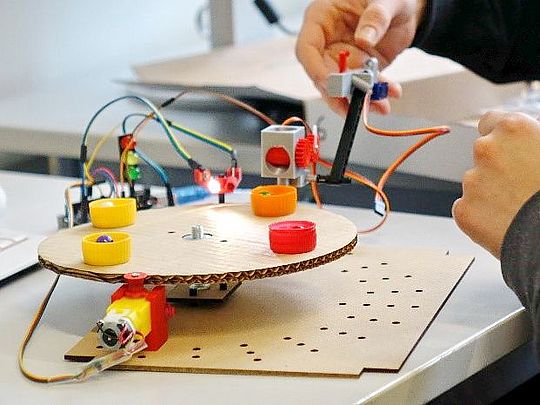
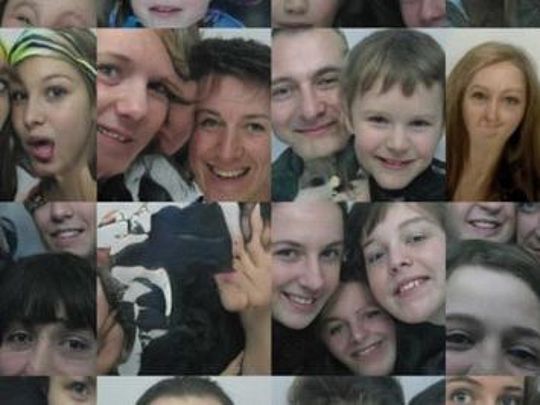
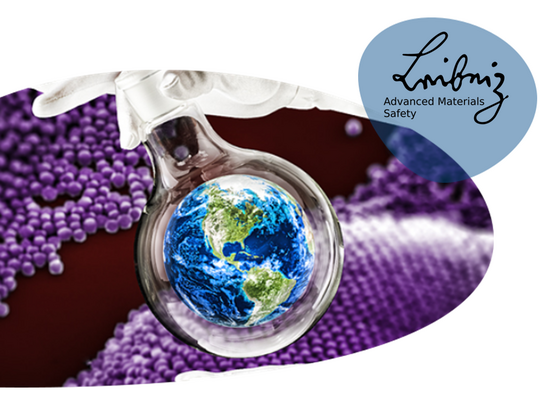
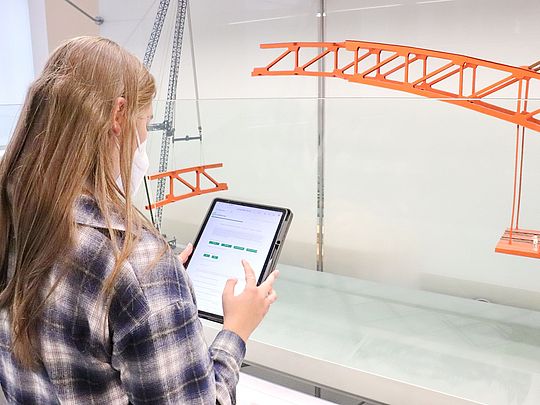
![[Translate to English:] [Translate to English:]](/assets/_processed_/c/2/csm_Headerbild_AKTUELL_f910825cd9.jpg)